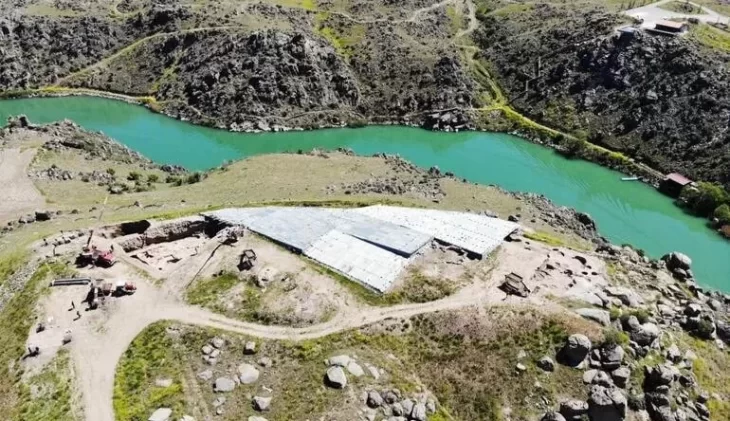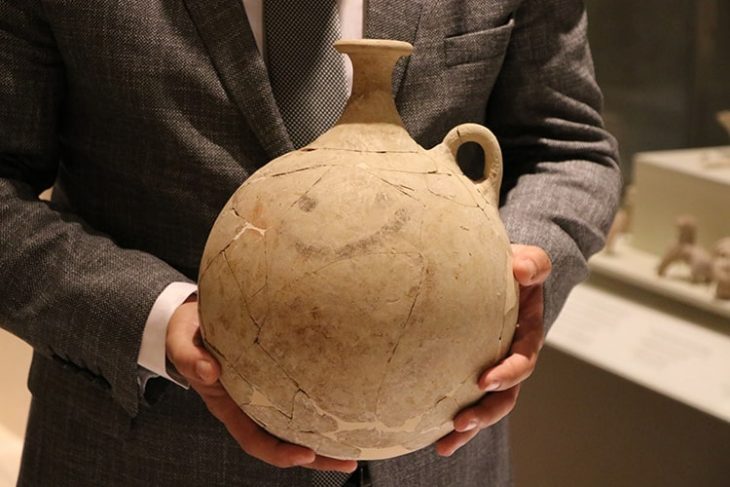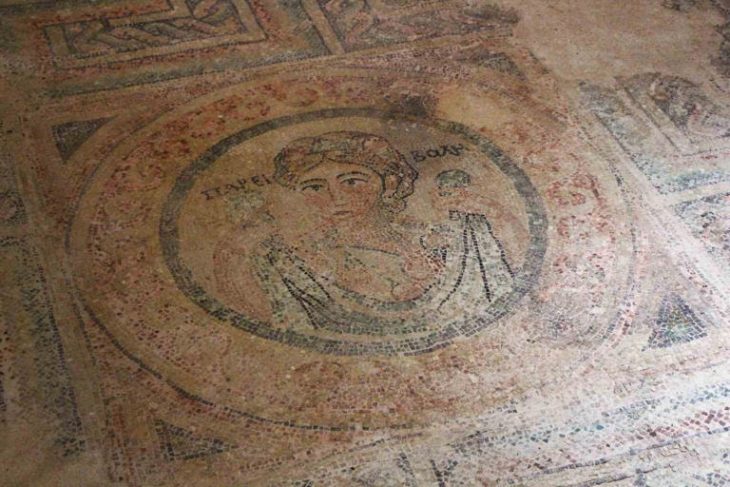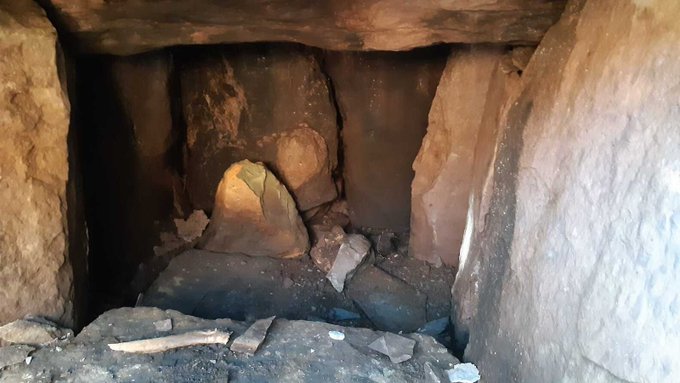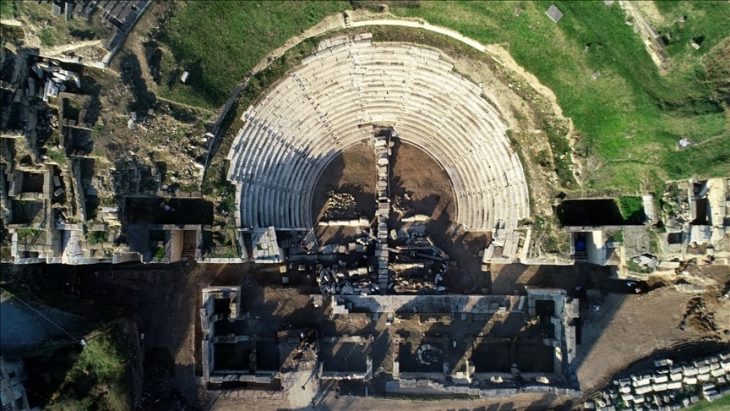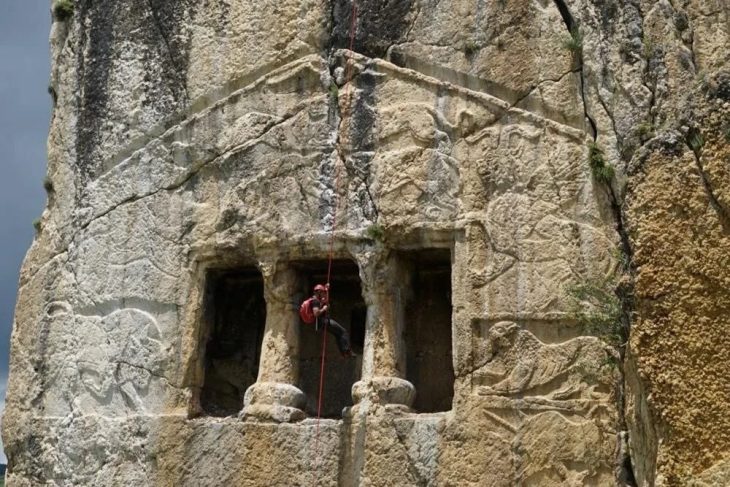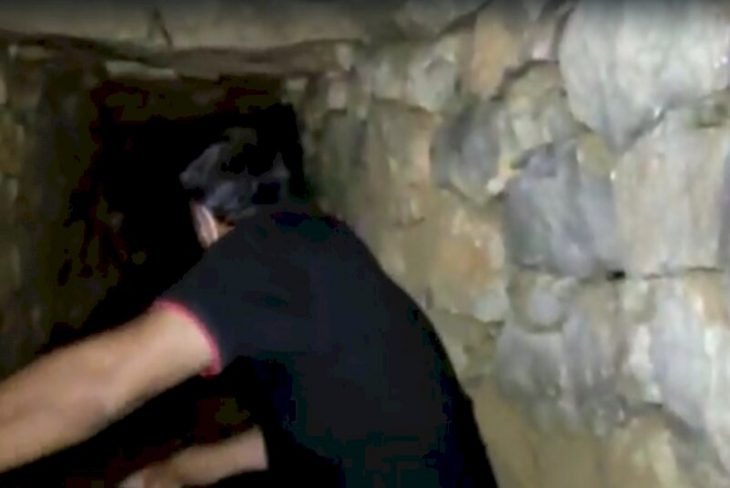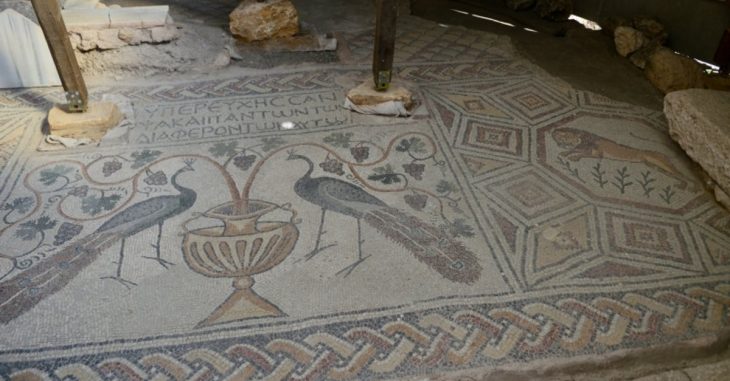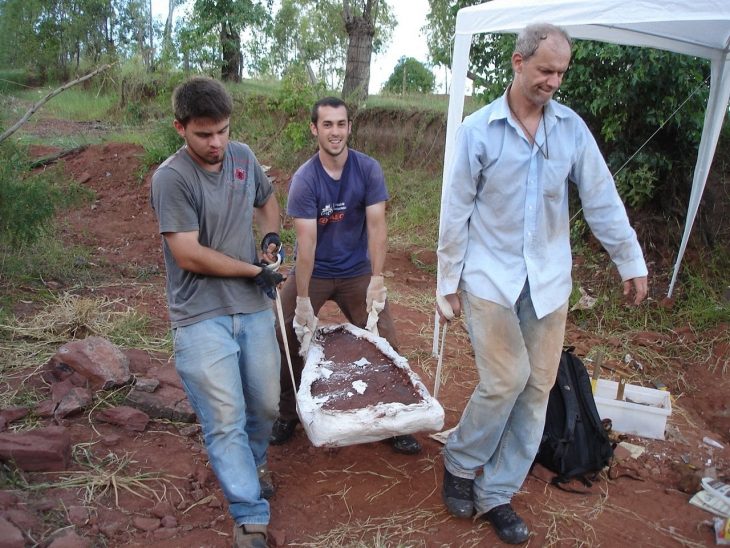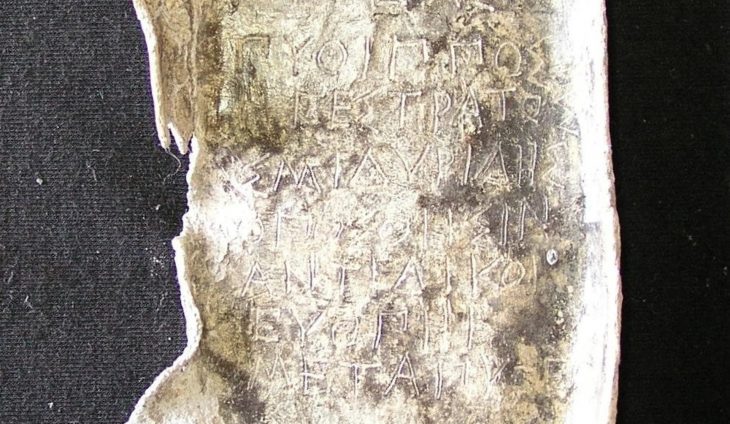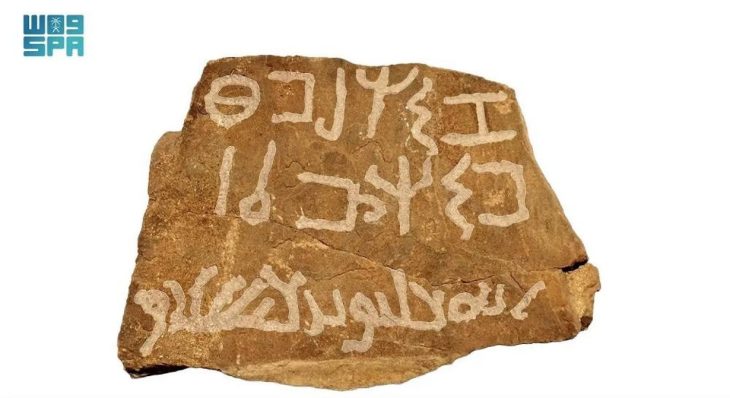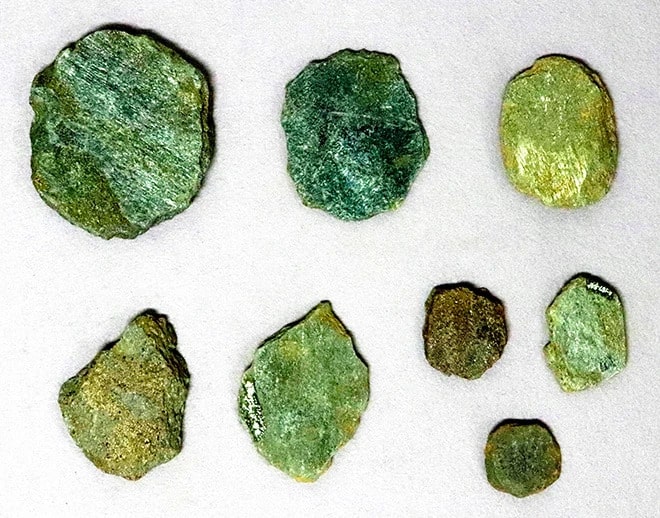In the Wangzhuang ruins in the city of Yongcheng in central China’s Henan province, a tomb, thought to be the tomb of a prehistoric king, was discovered, thought to date back about 5,000 years.
According to an associate professor at Capital Normal University, the latest discovery indicates the ruins site is not an ordinary settlement but rather the capital of a prehistoric kingdom. The new findings suggest that this major tomb discovery provides a new example for studying the critical period of the origins of Chinese civilization.
Chinese civilization was traditionally thought to have originated in the Yellow River valley and expanded from there. A much more nuanced picture of Neolithic China is painted by recent archaeological findings, which show that numerous separate and autonomous cultures in different areas interacted and influenced one another.
The tomb is one of the largest and most artifact-rich tombs discovered from the Dawenkou culture period (4000 BC-2600 BC), a late Neolithic Age culture, according to a report by Xinhua News Agency on Monday. The tomb has produced over 350 artifacts, including hundreds of pieces of pottery and jade, pig jawbones that represent wealth, and intricately decorated ivory ornaments.
The Wangzhuang ruins belong to the middle and later periods of the Dawenkou Culture (4000 B.C.-2600 B.C.), a culture of the late Neolithic Age.
Dawenkou Culture had various subsistence strategies that varied according to region. Pottery production was the most important type of craft production. There were significant changes in pottery production during the Dawenkou period such as the development of the fast pottery wheel and greater control over the firing process.

The tomb covers a total area of over 17 square meters, a super large size back then. Archaeologists believe the tomb’s owner was a king of a prehistoric state.
Zhu Guanghua, an associate professor at Capital Normal University, told the Global Times that it is the largest tomb in the Dawenkou period.
“It is interesting to note that the tomb was intentionally damaged by ancient enemy forces. Only a small number of human bones were found in the tomb, with no complete human skeleton discovered,” he said.
Since 2023, a joint archaeological team has been conducting archaeological excavations at the Wangzhuang site.
The archaeological team’s head, Liu Haiwang, told the Xinhua News Agency that 27 of the 45 Dawenkou culture tombs that were recently found at the Wangzhuang site in 2024 have already been excavated.
The M27 tomb is the largest of these, measuring roughly 4.8 meters in length and 3.68 meters in width. Numerous kinds of pottery and more than 300 jade ornaments are among the many burial artifacts found in the tomb chamber, which has both an inner and an outer coffin.
Liu said that the high-ranking tombs yielded stone ceremonial tablets and jade axes with strong ritual connotations, which had a profound influence on the ritual culture of the Xia, Shang, and Zhou dynasties and later periods.
The discovery of this tomb is noteworthy because it demonstrates the earliest manifestation of imperial power in the Central Plains during the prehistoric era.


